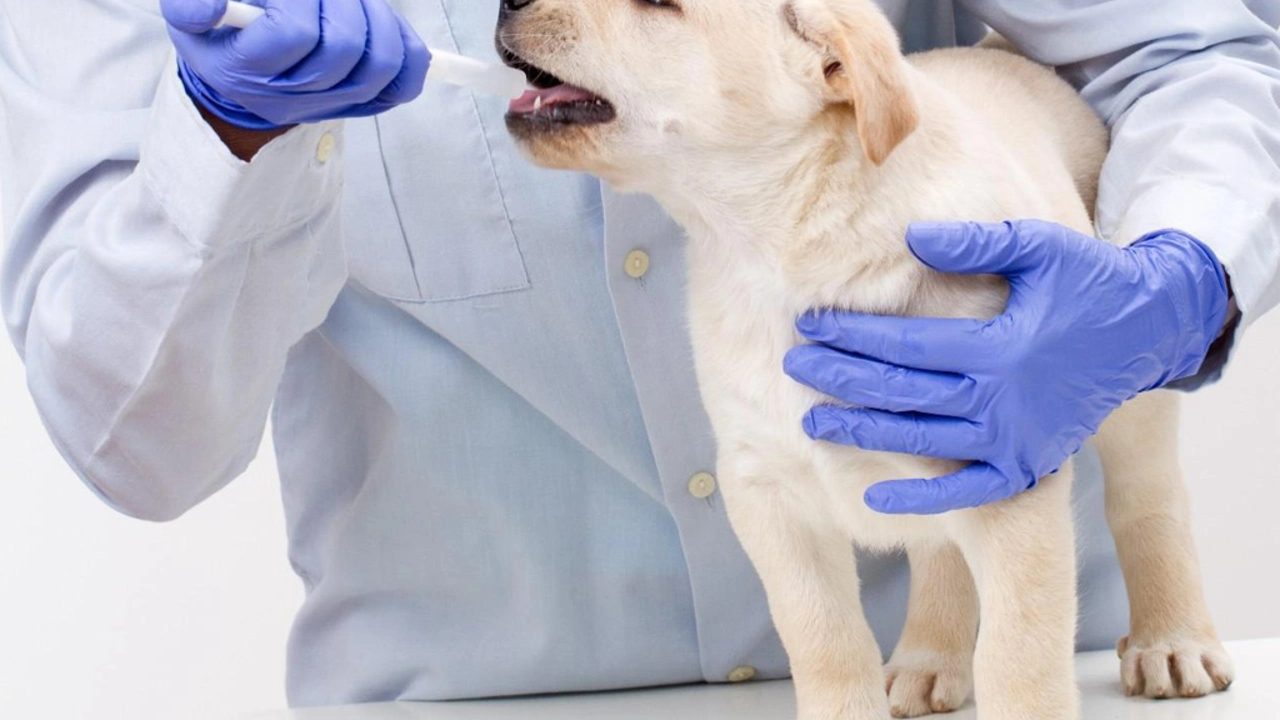Loperamide for Pets: Safe Use, Dosing, and Warnings
Diarrhea in dogs (and rarely in cats) can be stressful. Loperamide—the active ingredient in Imodium—can calm simple, short-term diarrhea in dogs, but it’s not a cure-all. Use this guide to know when loperamide might help, what doses vets typically use, and which pets should never get it.
When loperamide can help
Loperamide works by slowing gut movement so stools firm up. It’s useful for mild, non-bloody diarrhea caused by diet changes or mild intestinal upset. Try it only when your pet is otherwise bright, eating, and not vomiting. If diarrhea has blood, your pet has a fever, is lethargic, vomiting, or is a puppy/kitten, skip loperamide and see a vet.
How to give it safely
Common veterinary dosing for dogs: about 0.1–0.2 mg/kg every 8–12 hours. Some cases call for up to 0.4 mg/kg, but that higher dose needs a vet’s okay. Human Imodium tablets usually contain 2 mg—so a 20 kg dog at 0.1 mg/kg would get roughly one 2 mg tablet. Always calculate by weight; never guess.
Cats are different. Veterinarians rarely recommend loperamide for cats because they tolerate it poorly and have higher risk of side effects. Only use in cats if your vet prescribes a specific low dose and monitors the animal.
Give loperamide with a small amount of food to reduce stomach upset. Stop if the pet shows signs of sedation, unsteady movement, dilated pupils, or worsening condition. If diarrhea continues beyond 24–48 hours or if your pet becomes weak, call the vet.
Before giving loperamide, check for drug interactions. Dogs with the MDR1 (ABCB1) mutation—common in Collies, Australian Shepherds, Shetland Sheepdogs, Border Collies, and some herding breeds—can get severe central nervous system effects from loperamide. Combining loperamide with P-glycoprotein (P-gp) inhibitors like ketoconazole, erythromycin, verapamil, or amiodarone raises risk. Also avoid if your pet is on strong sedatives or certain antidepressants without vet approval.
Don’t use loperamide when the cause of diarrhea is unknown and could be infectious (parvovirus, certain bacteria, parasites) or when there’s a risk of ileus or bowel obstruction. Using an anti-diarrheal in those cases can make things worse by trapping toxins or blocking appropriate gut clearance.
Practical first steps at home: withhold food for 12 hours (water available), keep your pet hydrated, offer small amounts of bland food (boiled chicken and rice) after fasting, and monitor energy and stool changes. If the pet improves, gradually return to normal food. If not, or if symptoms worsen, get veterinary care.
Loperamide can be helpful in the right situation, but it carries real risks for some pets. When in doubt, call your vet—quick advice can prevent a small problem from turning serious.

Loperamide for Pets: Can it Help Your Furry Friend?
Hi there! If you're like me, you want the best for your furry friend. That's why I've decided to look into Loperamide for pets to see if it can help our companions when they're not feeling their best. This medication is often used for diarrhea, but is it safe for our pets? Let's explore this topic together and make sure we're doing all we can for our four-legged family members' health. After all, a well-informed pet parent is a successful one.
Read More



